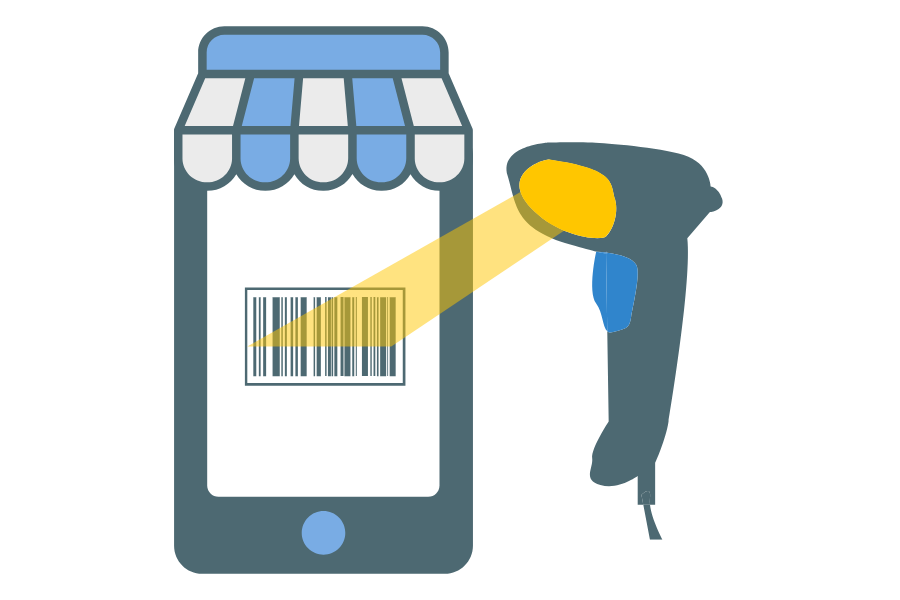Set Up a Partnership Agreement for Your UK Small Business
Starting a business partnership is an exciting step for any entrepreneur—but without proper planning, things can get complicated fast. Whether you’re launching a creative venture or expanding your current operations, having a clear partnership agreement in place is just as important as solid accounting services. While not legally required, this document lays out how your business will operate, helping to avoid confusion and prevent disputes later on.
In this guide, we’ll walk you through the practical steps to set up a partnership in the UK—what’s required, what to include in your agreement, and how to keep everything running smoothly.
1. Understanding What a Partnership Involves
A business partnership means sharing both the responsibilities and rewards of running a business with others. It’s flexible, collaborative, and often chosen by professionals or small teams looking to combine skills and resources.
Before you draft anything, it’s good to know what being in a partnership really entails:
- You and your partners personally share any business debts and liabilities.
- Profits are shared among partners, and each pays tax on their own share.
- A limited company can be a partner too—it’s considered a ‘legal person’.
- One partner must be nominated to handle the partnership’s tax returns and business records.
2. Registering Your Partnership
Once you’ve agreed to form a partnership, you’ll need to make it official with HM Revenue and Customs (HMRC). This step ensures your business is legally recognised for tax purposes.
Here’s what to do:
- Choose a business name – This can be your own names or something more brand-focused.
- Appoint a ‘nominated partner’ – This person will handle tax returns and maintain records.
- Register with HMRC – The nominated partner registers the business for Self Assessment.
- Individual partner registration – Each partner must also register for their own Self Assessment.
- Make sure this is all done by 5 October after the end of the second tax year to avoid penalties.
3. What to Include in Your Partnership Agreement
Think of your partnership agreement as your business roadmap. It’s your reference point when questions arise or decisions need to be made.
Here’s what it should cover:
- Basic details – Names, addresses, business name, registered office, start date, and business purpose.
- Roles and responsibilities – Clearly outline each partner’s duties and authority.
- Capital contributions – State how much each partner is investing and under what terms.
- Profit and loss sharing – Agree how profits (and losses) will be divided.
- Decision-making – Set voting rights, quorum rules, and how you’ll resolve tie-breaks.
- Dispute resolution – Outline steps like mediation before turning to legal action.
- Admission and withdrawal – Define how partners join, exit, or retire.
- Dissolution – Explain how you’ll wind down the business, including asset division.
- Confidentiality and non-compete clauses – Protect your business interests.
- Intellectual property – Clarify who owns what, especially for creative or digital work.
- Taxation and accounting – Detail how financial records will be handled.
- Jurisdiction – State that the agreement follows the laws of England and Wales (or Scotland/Northern Ireland as appropriate).
✅ Paperwork eating your time? Let AI do the heavy lifting. Our platform automates daily tasks while expert accountants ensure everything’s perfect. Break free here.
4. Make It Official—and Keep It Current
A handshake may work for some, but having your partnership agreement written, signed, and stored safely protects everyone.
Here’s how to formalise and maintain it:
- All partners should sign and date the agreement.
- Consider getting legal advice to ensure the document meets UK legal standards.
- Review and update the agreement as your business evolves—this might include role changes, new partners, or shifts in financial contributions.
- Updates should be agreed upon by all partners and recorded in writing.
5. Additional Tax and Compliance Notes
Partnerships also come with specific tax and regulatory obligations. Staying on top of these ensures your accounting remains accurate and compliant.
Keep in mind:
- Basis period reform means partners must now report taxable profits aligned with the tax year.
- VAT registration is required if your partnership’s turnover exceeds £90,000 in any rolling 12-month period.
- National Insurance Contributions (NICs):
- Class 4 NICs apply to profits over £12,570.
- Class 2 NICs are voluntary if profits fall below £6,725 but may still be worth paying for state benefit eligibility.
Summary
Forming a partnership is more than just going into business together—it’s about building a solid framework for long-term success. For any UK small business, a clear and well-drafted partnership agreement is a must. It supports transparency, outlines responsibilities, and ensures everyone is on the same page when it comes to decision-making and finances.
Experience United Kingdom’s Most Modern Accounting Service
We believe great accounting combines two things: intelligent automation to enhance efficiency and real human expertise for what matters most.
At Counto, our AI assists with daily books while your dedicated accounting team delivers strategic value. Need help? Your Customer Success Manager is just a text or call away. Get both technology and personal service in your Counto accounting plan.
Join forward-thinking businesses who’ve upgraded their accounting experience:
- Chat with us now
- Email [email protected]
- Fill out our contact form.







